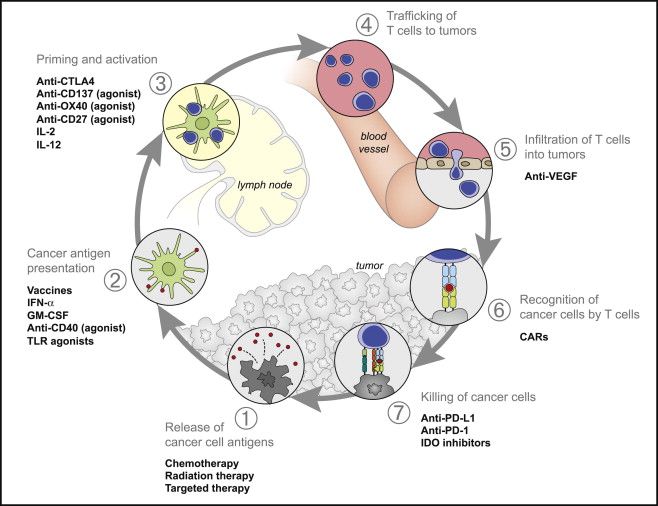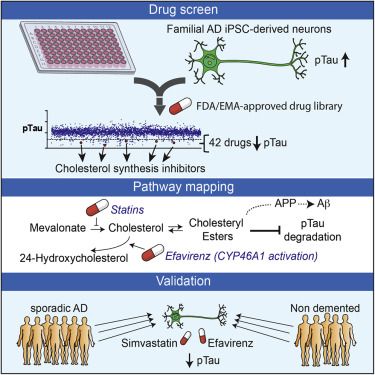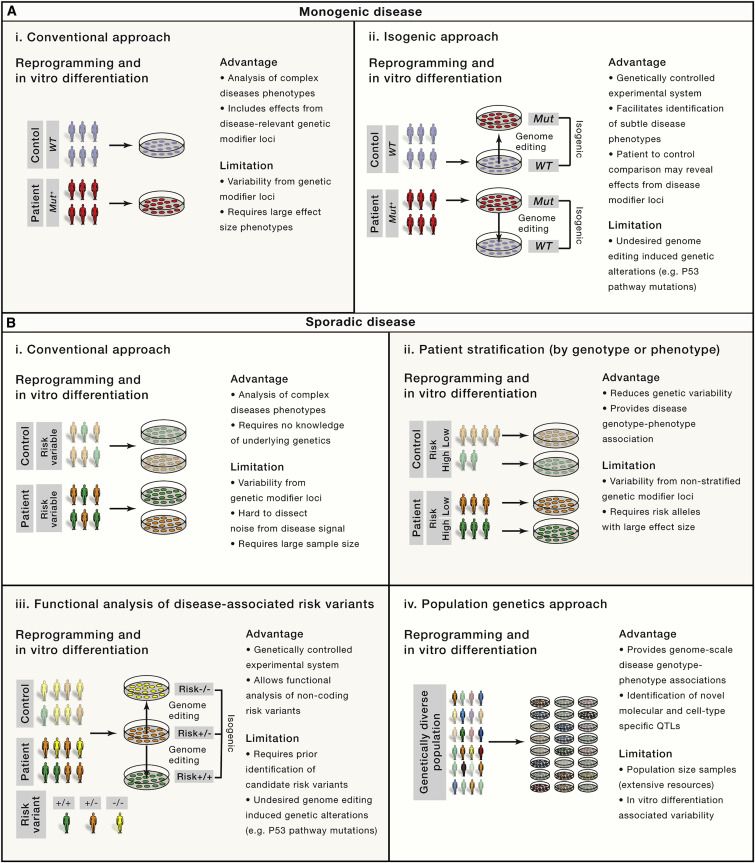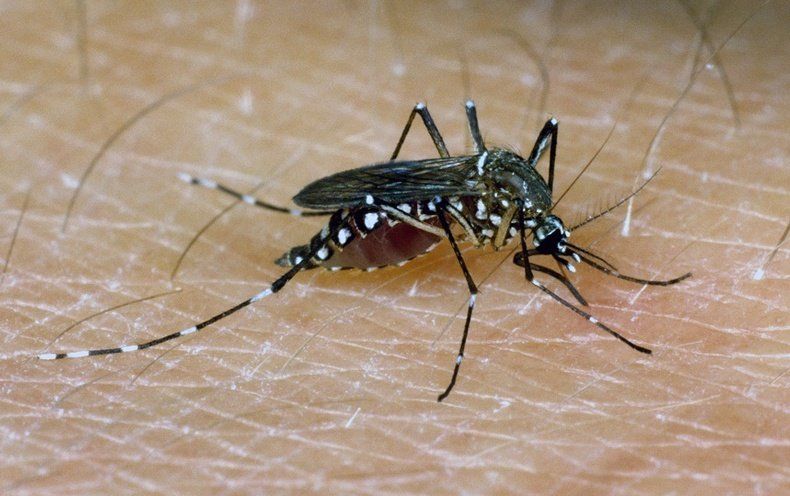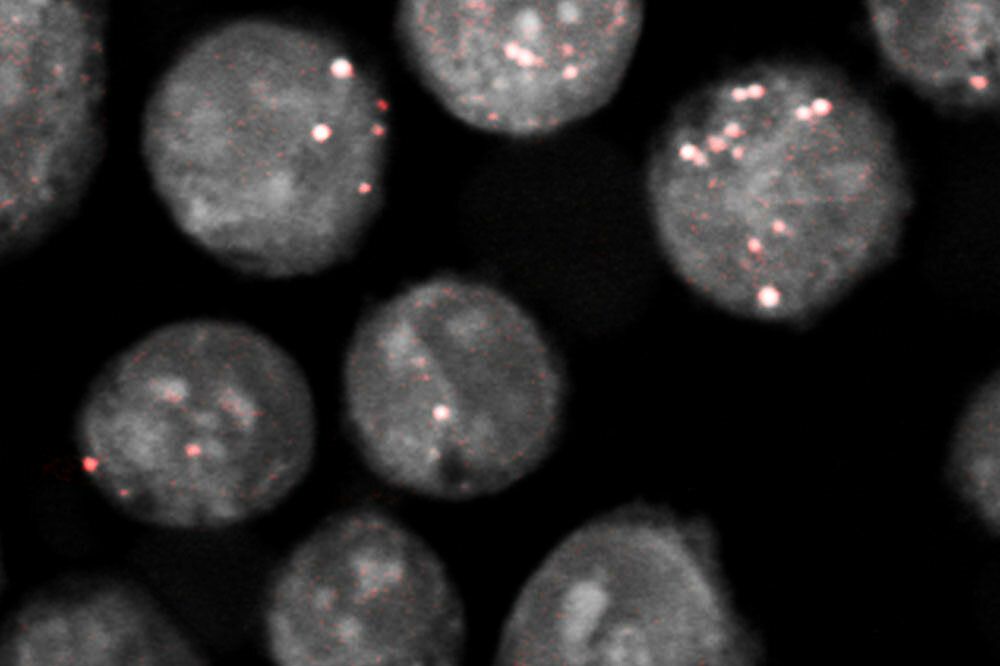The genetic and cellular alterations that define cancer provide the immune system with the means to generate T cell responses that recognize and eradicate cancer cells. However, elimination of cancer by T cells is only one step in the Cancer-Immunity Cycle, which manages the delicate balance between the recognition of nonself and the prevention of autoimmunity. Identification of cancer cell T cell inhibitory signals, including PD-L1, has prompted the development of a new class of cancer immunotherapy that specifically hinders immune effector inhibition, reinvigorating and potentially expanding preexisting anticancer immune responses. The presence of suppressive factors in the tumor microenvironment may explain the limited activity observed with previous immune-based therapies and why these therapies may be more effective in combination with agents that target other steps of the cycle. Emerging clinical data suggest that cancer immunotherapy is likely to become a key part of the clinical management of cancer.
